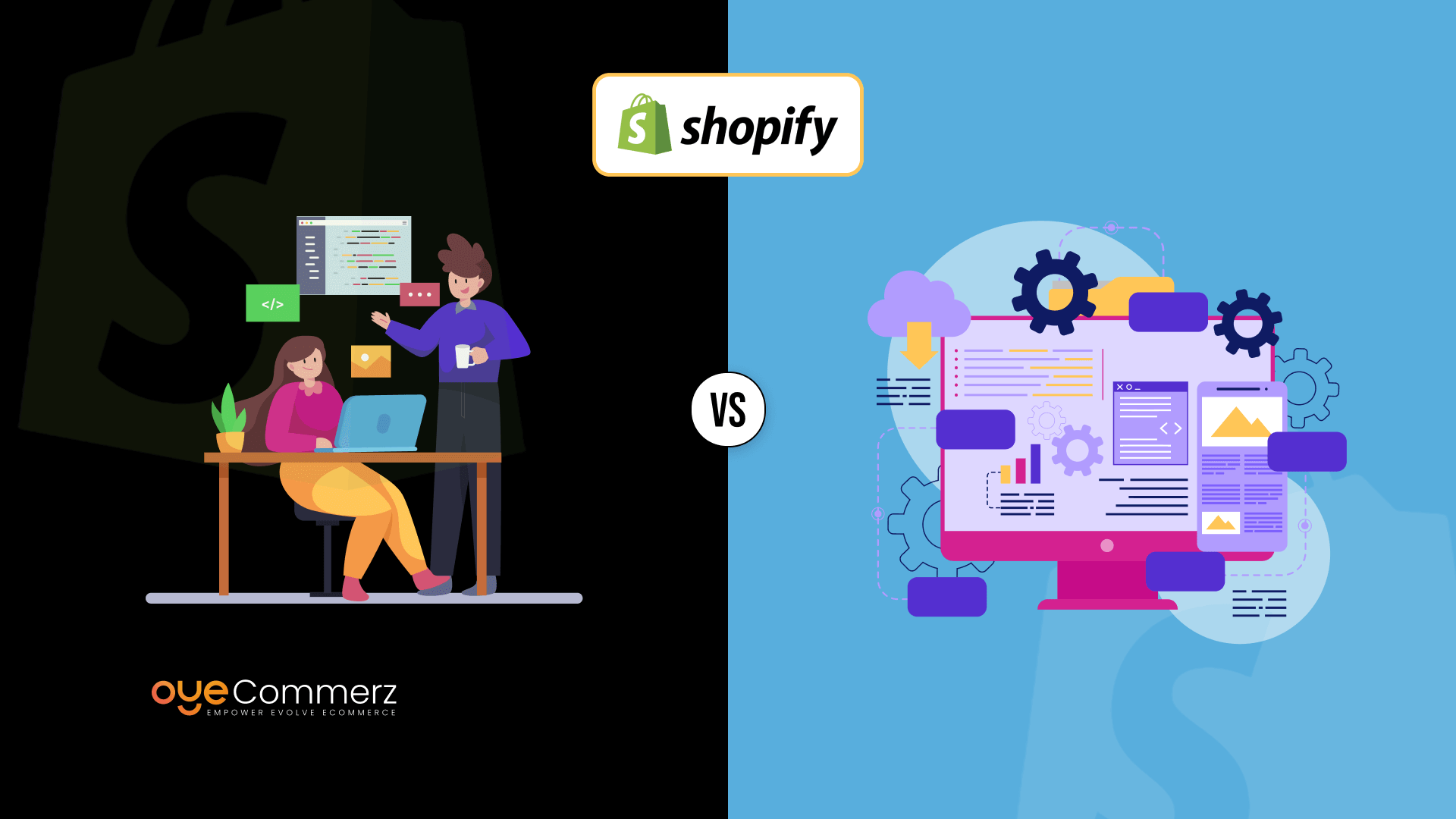
Starting Point
In today's intense e-commerce landscape, Shopify sellers are always searching for ways to boost sales and optimize their operations. One powerful solution is through tailored Shopify applications customized to meet specific operational goals. Integrating with the Shopify API and using tools like the Polaris design system, these apps enable businesses to scale efficiently while boosting user interaction. In this blog, we’ll explore important facets of Shopify app development, from design factors and core functionalities to recommended strategies for supporting and scaling apps effectively.
1. Comprehending Shopify API Integration
A strong grasp of Shopify’s Application Programming Interface—both Representational State Transfer and Graph Query Language—is essential for building reliable Shopify apps. With these APIs, engineers can retrieve, change, and handle details within a Shopify site. The GraphQL API offers efficient data management, allowing for quicker replies by fetching only the required information. Integrating the API permits programmers to adapt app features to the organization's specific demands, providing a integrated user experience that boosts business productivity and sales.
2. Employing the Shopify’s Polaris framework
Shopify’s design system helps programmers to create a cohesive and easy-to-use interface across Shopify applications. Polaris provides a set of building blocks and recommended practices that complement Shopify’s design language, allowing apps appear integrated within the Shopify interface. This strategy not only aids natural user interactions but also helps maintain brand consistency, an essential component in creating confidence with users.
3. Developing within the Shopify App Ecosystem
The Shopify app ecosystem is extensive, permitting developers to develop integrated Shopify applications that work within a store's admin panel. Integrated applications streamline the customer journey by incorporating seamlessly within Shopify’s interface, cutting down on the requirement for distinct sign-ins or additional navigation. For developers, employing Node.js for behind-the-scenes operations and the React framework for the front end has become a popular approach, as such tools enable growth-ready, responsive applications that deliver an high-quality UX.
4. Essential Features for Shopify Apps
A successful Shopify app needs features that resolve critical challenges in the e-commerce journey. Automated notifications for real-time notifications, bespoke design adjustment features, and omnichannel app visibility improvement retailing features are vital additions that can enhance store management and user interactions. By integrating these components, Shopify applications go beyond optimize business processes but also improve the end-user satisfaction.
5. Best Practices for Creating Shopify Apps
When building Shopify apps, it’s essential to follow industry best practices. Upkeep methods such as consistent improvements, client help, and protection protocols are vital for building consumer confidence. Online visibility strategies for Shopify apps can also be utilized to boost app reach and downloads. Customer engagement tactics, like push notifications and reward systems, are essential for keeping customers and fostering a loyal audience.
6. Expanding Shopify Apps for Success
As Shopify stores grow, scaling apps becomes critical to manage increased traffic and functionality demands. Leveraging cloud-based setups and focusing on information processing through Graph Query Language can help applications scale without performance issues. It’s also necessary to have a plan for growing the app’s backend systems to support growth, that involves a guide for selecting a app builder with experience in Shopify applications.
7. Understanding the Expense of Developing Shopify Applications
Developing tailored Shopify apps can differ widely in cost depending on the features, connections, and customization needed. Essential elements like API integrations, customer engagement tools, and promotional features can add to the investment. However, the profit potential is often beneficial, as these applications can directly boost sales and streamline workflow.
8. Upkeep Approaches
Keeping apps updated is as important as creating it. Ongoing improvements to fix bug fixes, enhance protection, and maintain integration with the new Shopify versions are essential. Planned support measures also feature user assistance and function upgrades that align with the digital retail landscape.
9. Resources for Creating Shopify Apps
Shopify supplies multiple options to streamline the creation workflow, from app development frameworks like Node.js and React.js framework to Webhooks for instant alerts. Tools like Shopify’s CLI simplify the app creation path, while Shopify App Bridge enables embedded apps to work smoothly with Shopify’s management dashboard. Such tools are key for creating apps that are both effective and intuitive.
10. Upcoming Innovations in Shopify App Development
The prospects maintenance tips for Shopify applications of Shopify application building is exciting, with new directions heading in the direction of artificial intelligence capabilities, enhanced omnichannel capabilities, and new application add-ons. As digital retail progresses, developers will need to stay ahead new directions to create applications that go beyond meet but exceed user expectations.
Summary
Tailored applications for Shopify give a strategic method for digital retailers to scale efficiently, boost sales, and enhance workflows. From connecting with data interfaces and the design standards to core elements and support methods, every component of Shopify app creation plays a important role in providing a seamless journey for users. As Shopify keeps evolving, staying ahead of upcoming innovations in app development will enable organizations fully utilize Shopify’s powerful ecosystem, solidifying their standing in the e-commerce market.